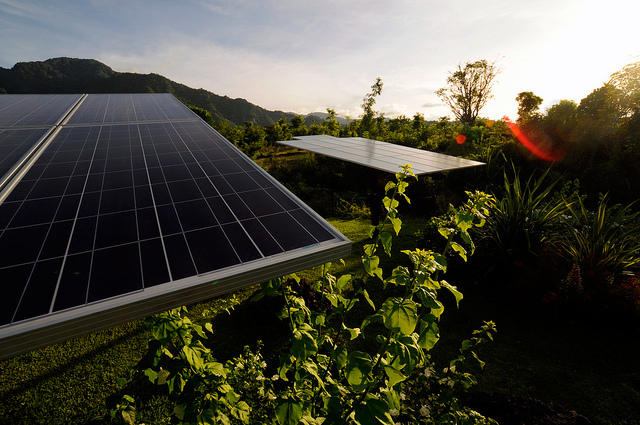When it comes to solar power, not all countries are made equal. While some countries are just beginning their journey into solar power development, others have been producing solar power for decades, proving themselves to be leaders in the renewable energy cause. This article will explore examples of the countries that are at the front of the pack in embracing greener initiatives and solar energy growth. Research your country to see how it stacks up against pioneers in the industry.
Germany
Germany, the world’s leading country in solar power, is unique not solely because of its commitment to renewable energy, but also because of its perspective on renewable energy as a product that should be available for the average citizen. In fact, Germany has a stated goal of using solely renewable energy by 2050. In some countries, renewable energy is still seen as a luxury good, one that is reserved for the wealthy and environmentally conscious. In Germany, this is simply not the case. Half of Germany’s renewable energy is used by average citizens due to the implementation of a feed-in tariff that reduces financial risk for investing in renewable energy. Germany’s leadership in renewable energy is also because of clever internal politics that links political promises with climate change goals. Not only has Germany taken on climate change as a political movement, but they have also invested government funds to implement change. These funds create jobs that empower ordinary citizens, who then reinvest in solar energy itself.
Spain
Sunny Spain comes in high on the list of countries with a renewable energy focus. Spain was once the world’s leader in solar energy before Germany took the crown. Though renewable energy has taken a slight backseat since the economic crisis in 2008, Spain still gets about 10 percent of its energy from solar power, five times more than the world average. Additionally, Spain is the fourth largest producer of solar panels, exporting the majority to Germany. This mutually beneficial relationship helps to develop the solar energy industry in both countries.
Japan
Japan has been utilizing solar power since the 1990s. Japan in a leader in renewable energy expansion due to their residential solar panel programs that makes it easier to get solar panels installed residentially. In addition to government subsidies, Japan also has a strong solar energy private sector that produces solar panels for countries around the world.
The United States
In the US, solar energy availability often depends on both state and federal legislation. Interest in solar energy is rising in the US due to increased electricity costs and well as high levels of sunshine (although direct sun is not actually a requirement for functioning solar panels). Solar energy varies across the US, with California being the leader in solar power with 60 percent of all solar energy units in the US. Renewable energy development programs, as well as the private companies that help supply them, make it easier than ever to get solar panels for home use. The US is also a leader in building utility-scale solar power plants that generate electricity for local regions.
Solar power growth is happening all over the world – perhaps even around the corner from where you are now. From government initiatives to a private company’s bottom lines, solar energy is making its way into all facets of society and development. Though there are relative changes over time due to economic setbacks and political maneuverings, solar power remains a goal for many countries globally. It remains to be seen if the current leaders in solar energy will continue to dominate as developing countries push forward with new initiatives of their own. Luckily for all, the sun is not in short supply.
Solar Power Leaders: Which Countries Rank the Highest?

